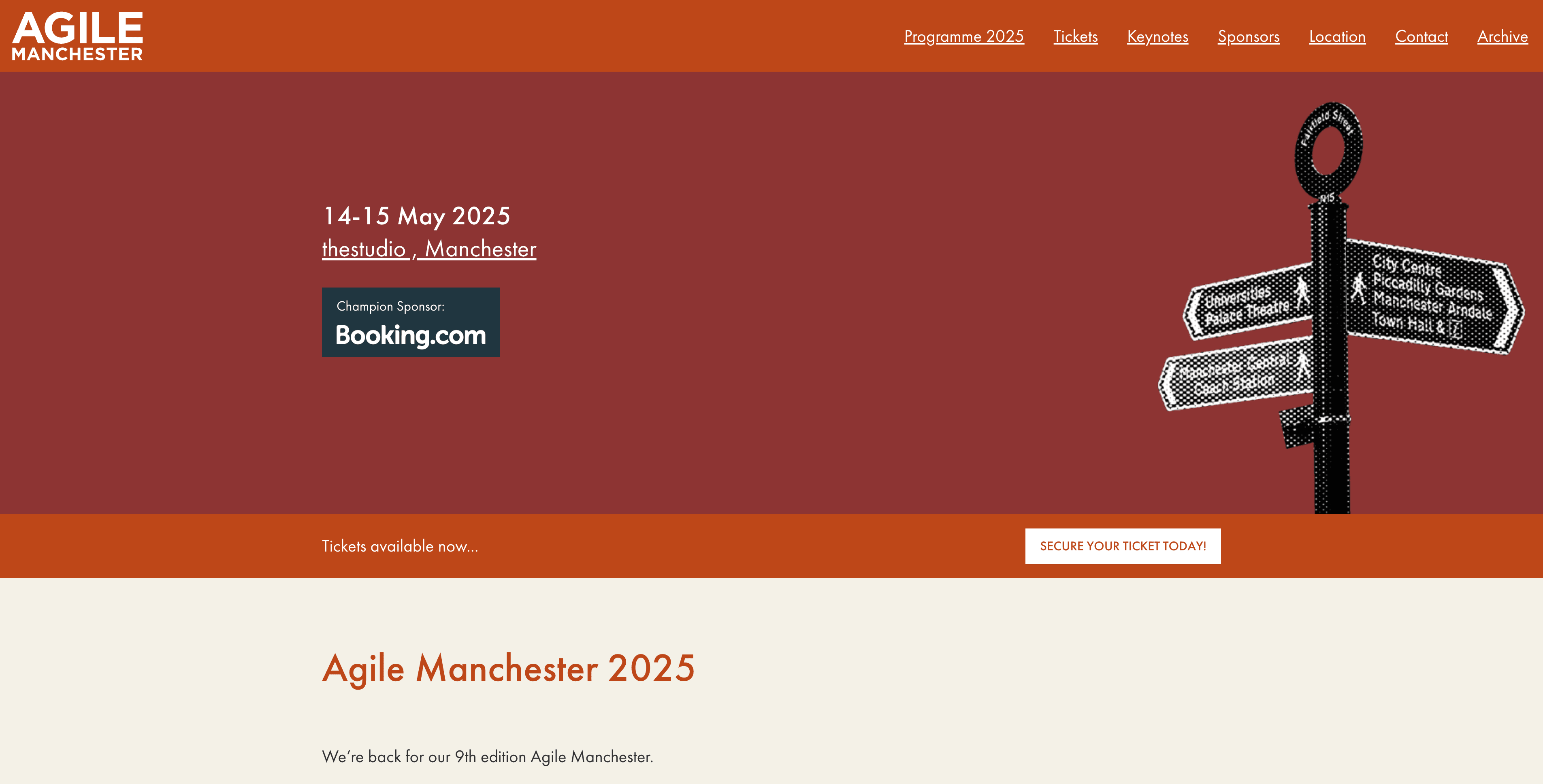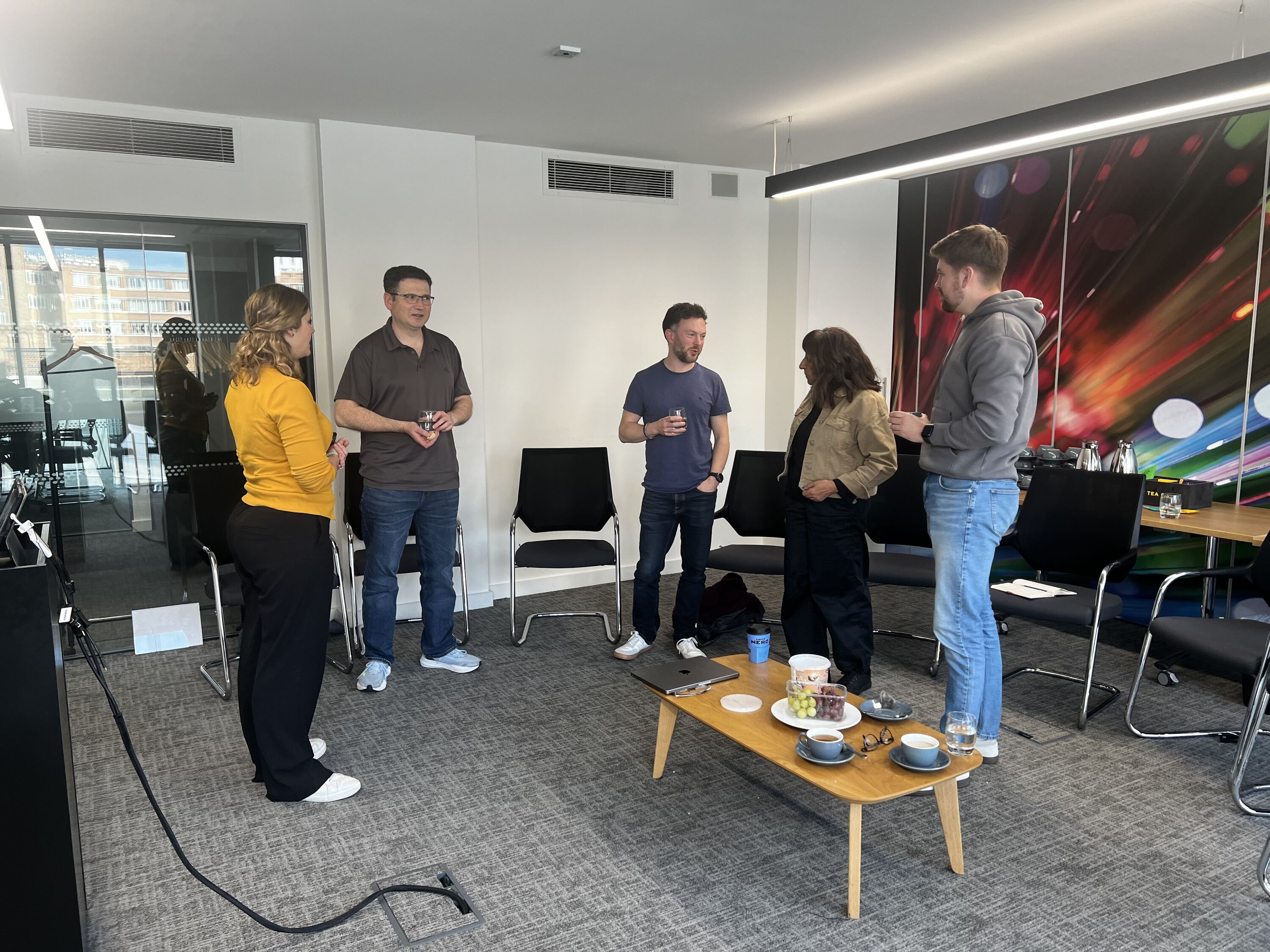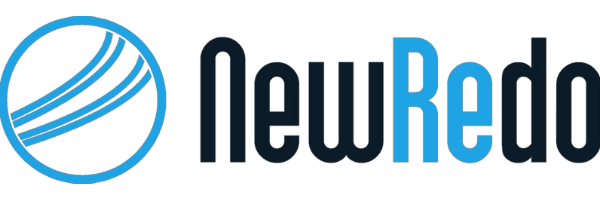Lean NHS UX and Legacy Code Contemplation

Lean NHS UX and Legacy Code Contemplation
A push on Code Club recruitment from Linda Broughton, a tour through the world of legacy code with Krystan Honour, plus Joe McGrath and Kevin Murray on transforming NHS Choices with lean and agile user experience were all topics on the table for Agile Yorkshire's April gathering.
With over two hundred primary schools in Leeds and a lot less than half of them with a Code Club up and running there is plenty of room for improvement. Linda Broughton is the Code Club area coordinator and in collaboration with the new Google Garage in Leeds is running a series of training sessions where volunteer candidates can find out how to get involved and what to expect. Keep an eye on twitter and the Code Club website for more information.
Krystan Honor is long standing member of the Agile Yorkshire community and this month finally succumbed to requests to speak with a slot about legacy code. After a few minutes covering his career history and with legacy code defined as potentially anything just a few months old, it was clear Krystan was well placed to provide some insightful wisdom on the topic. He covered how it happens, how to embrace it and most importantly some guidance on its management.
With the discussion exploring the installation of team knowledge, workshops covering engineering good practice, code review, regular pairing, exploring test frameworks and tactics and an attack on coupled code and dependencies the half hour time slot was soon over and rounded off with questions and answers.
Joe McGrath and Kevin Murray occupied the sixty minute space with a preview of the presentation the pair were booked to deliver at the Agile Manchester conference in early May. Their talk entitled Transforming NHS Choices With Agile & Lean UX covered process they recently adopted in an attempt to improve the quality and effectiveness of parts of the NHS Choices website use for self diagnosis.
The target for attention centred around the pages used by people to identify the signs of chickenpox and by adopting a build, measure, learn approach, popularised by the lean start-up movement, a iterative product development cycle of research and reflection began.
Joe and Kevin described their use of a technique referred to as assumption mapping to help identify targets for their attention and how using personal profiles their mapped out initial user journey examples. These were later tested by moving into the interview rooms of the usability labs where, at times, the whole team were able to see first hand how actual people reacted to the candidate designs and prototypes. Often these early designs were nothing more than paper sketches but Kevin Murray at Agile Yorkshire combined with "poker faced" usability analysts asking the questions was important to be able to move fast and collect unbiased data.
They went on to describe the use of a technique they called "affinity sorting" to help with discovering and ranking items for implementation and further user testing. With a typical five day time box broken down into two days of discovery and three of implementation progress was steady and quantifiably positive.
At the end of their presentation the questions came thick and fast and the feedback forms collected were proof of both the fascinating content and excellent delivery from both presenters.












